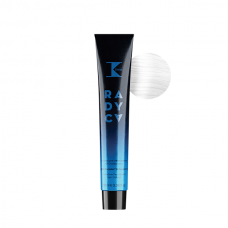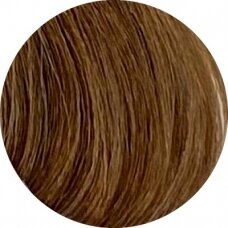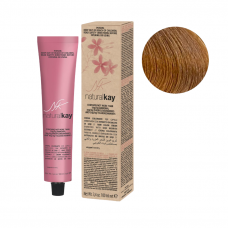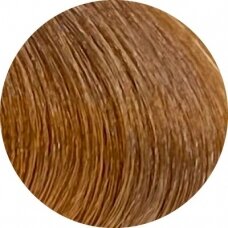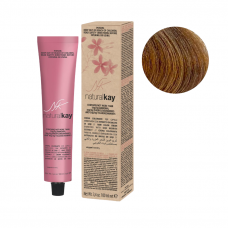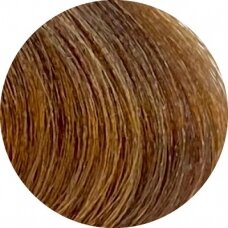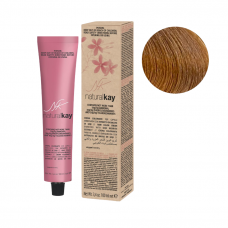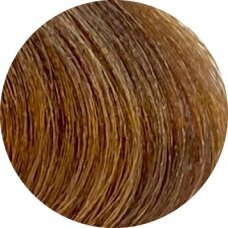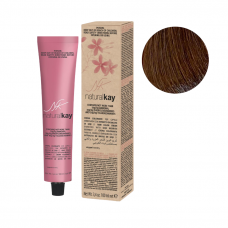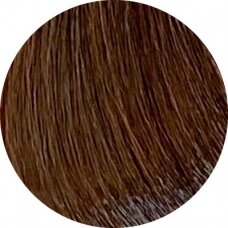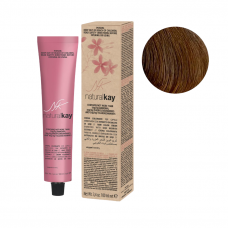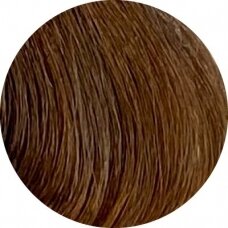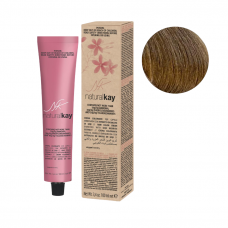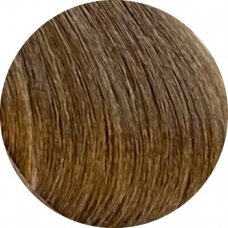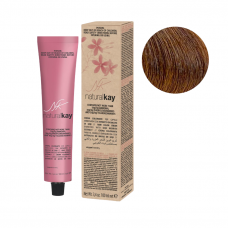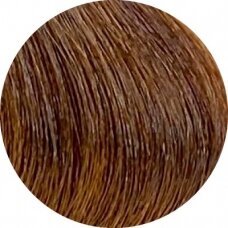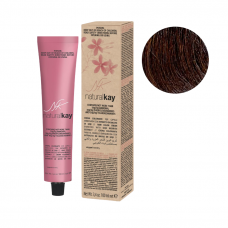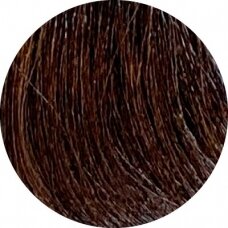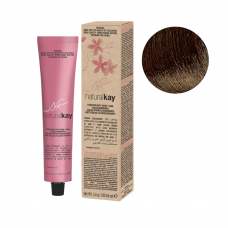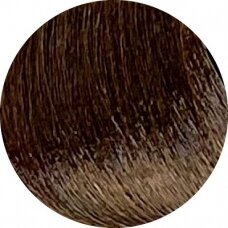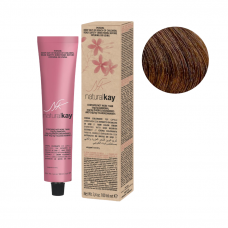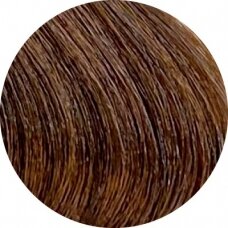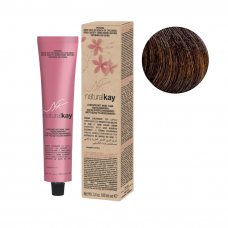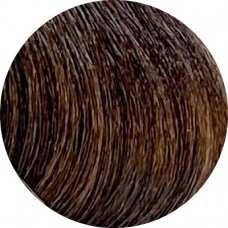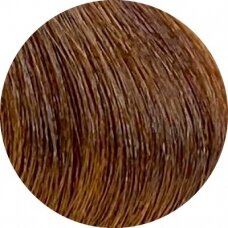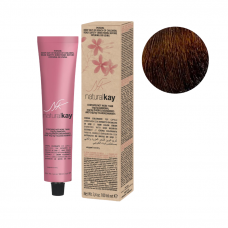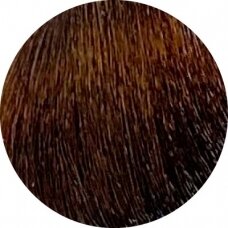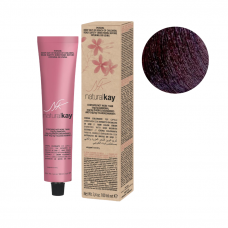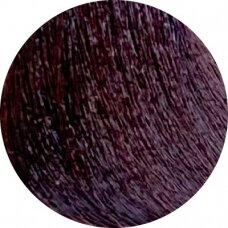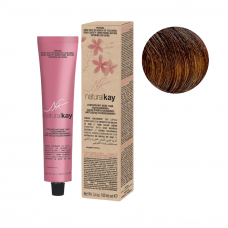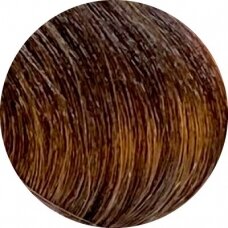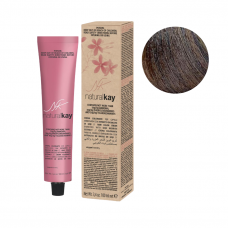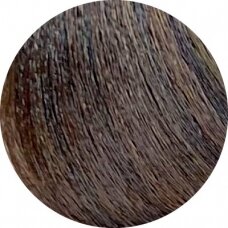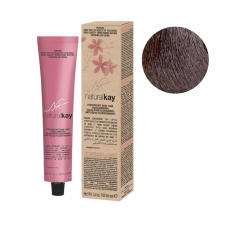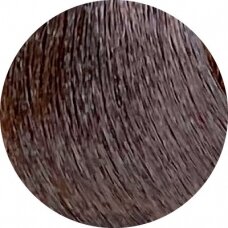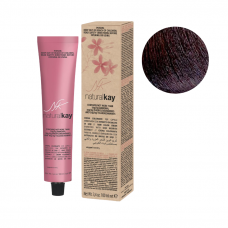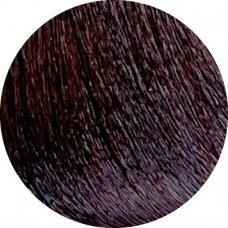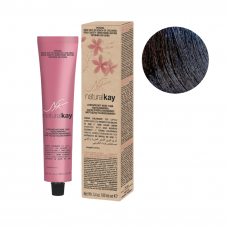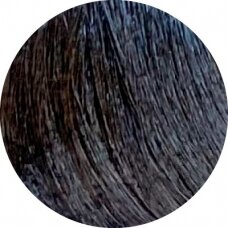Hair coloring is a practice of changing one hair color to another. The main tool is cosmetics, or rather hair dye. Hair dyes are designed to cover gray hair, change an existing hair color to a more fashionable or desirable color, or restore the original hair color when the color changes. So, the main benefit of hair dye is a new, rich, revived, healthy hair color.
Hair can be dyed by a professional hairdresser, and you can also dye it yourself at home. Today, hair dyeing is very popular, with 75% of women and 18% of men living in Copenhagen reporting using hair dye (according to a study by the University of Copenhagen).
Cosmetics used for hair coloring are hair dyes. Hair dyes are mainly divided into two categories based on their duration of action - Temporary and permanent hair dyes. This classification corresponds to the type of active substances involved in the dyeing process and the dyeing process itself, commonly known as non-oxidative and oxidative hair dye products. Today we can also see temporary hair dyes in various forms: spray, liquid, cream, pencil, spread, etc.
Hair coloring is an ancient art that involves treating the hair with various chemicals. In ancient times, hair dyes were mostly made from plants. Some of the most famous are henna. Others include boxwood (buxus dioica), black walnut shells, red ocher and leeks.
The development of synthetic hair dyes is associated with the discovery in the 1860s of the reactivity of para-phenylenediamine (PPD) with air. in 1907 The first synthetic hair dyes were created, and in 1947 The first synthetic hair dye ready for home use was released.
Hair coloring is now a multi-billion dollar industry, involving the use of both plant-based and synthetic dyes.
Synthetic Hair Dye - The four most common classifications are permanent hair dye, semi-permanent, semi-permanent, and temporary (ammonia-free hair dye).
Permanent Hair Dyes - Permanent hair dye formulas (hair dye properties) usually contain ammonia and must be mixed with a brightener or oxidizer to change hair color permanently. Modern hair dye formulas are trying to be changed to less harmful by reducing the percentage of ammonia, adding additional minerals, substances that have a positive effect on the hair. For example, the Italian hair dye "Natural Kay" contains a particularly low percentage of ammonia, which is less harmful to the hair, and additionally contains goji berry extract, which has vitamins and nourishing properties. However, hair dyes without ammonia, or with a lower percentage of ammonia, lose their color faster, so additional cosmetics are recommended to maintain and strengthen the color of dyed hair. Of course, it is necessary to emphasize that ammonia-based hair dyes practically do not harm the hair.
How to maintain the color of dyed hair?
Use color-protecting shampoos and conditioners.
Use sulfate-free shampoo.
Use purple, blue, gray pigmented shampoos and conditioners to maintain and strengthen light strands, prevent light-dyed hair from acquiring unwanted yellow shades.
With deep conditioning treatments.
Use heat protectants before starting to use shaping devices.
Reviews of hair dyes. What to pay attention to?
Specialists often try to find as many reviews as possible before trying hair dyes, the best way to get all the necessary answers is to purchase and try hair dyes, thus ensuring their quality, performance, color saturation. A reliable hair dye company must provide detailed information about the hair dye, envy, concisely tell whether the cosmetics have any special features.
There are many brands available in the market these days, but you need to choose carefully, taking your time and testing. Beautyfor offers a new organic hair dye line, Natural Kay, a vegan, low-ammonia hair dye enriched with goji berry extracts. Hair dye online - the fastest way to buy!
What can be the price of hair dye?
The prices of long-term hair dyes on the market vary, it depends on whether the price is for a set of hair dyes or only for dyes, what brand makes the cosmetics, what capacity the cosmetics are and what additional materials are used in the cosmetics.

